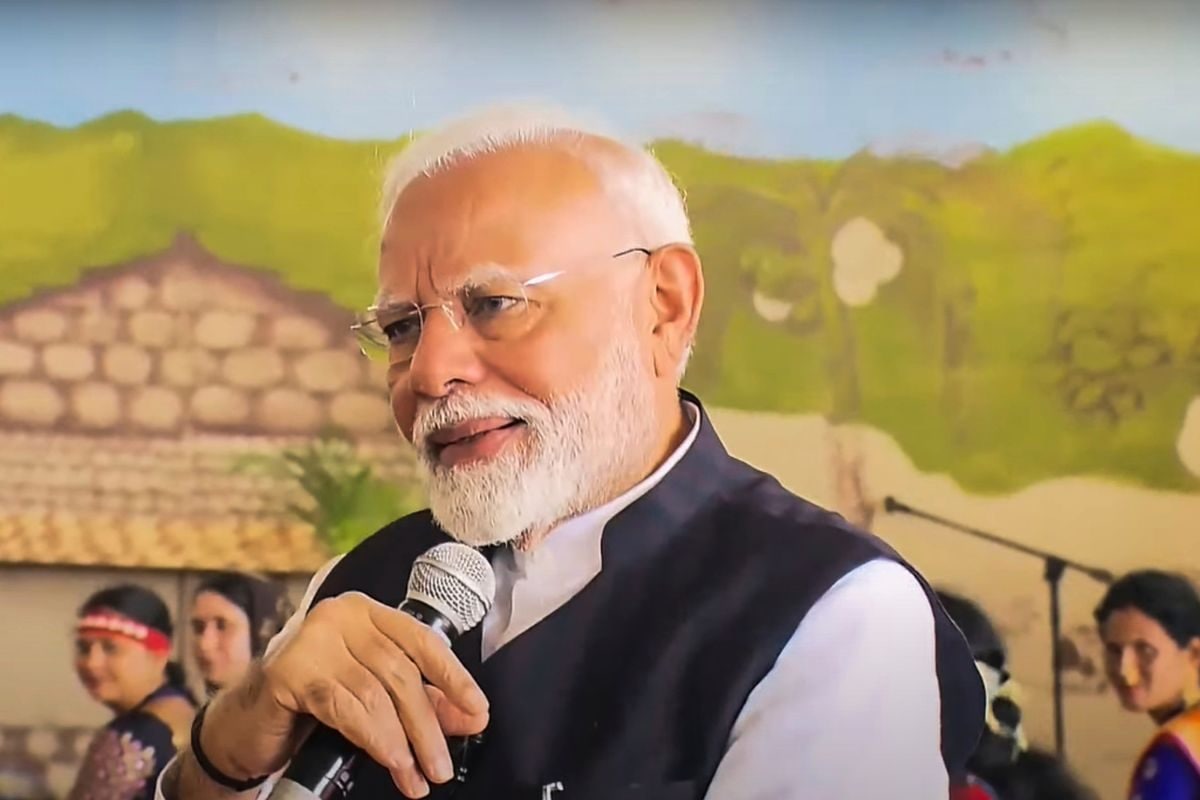The balancing act between appeasing around 23 lakh central government employees and potential voters and maintaining momentum on reforms could prove to be a high-stakes gamble as the government moves closer to the next election
 On the eve of Janmashtami, the Narendra Modi government rolled out a financial relief package aimed at central government employees and the middle-class aspiring to join public service. The move is a calculated effort to solidify support among a key constituency — central government employees. However, while turning the government employees into Labharthis (beneficiaries), is Modi 3.0 taking a considerable gamble and risking its ambitious reform agenda?
On the eve of Janmashtami, the Narendra Modi government rolled out a financial relief package aimed at central government employees and the middle-class aspiring to join public service. The move is a calculated effort to solidify support among a key constituency — central government employees. However, while turning the government employees into Labharthis (beneficiaries), is Modi 3.0 taking a considerable gamble and risking its ambitious reform agenda?
While the Opposition and some employee unions are unhappy even after the financial and post-retirement benefits announced by the government, majority unions have supported the move which is one of BJP’s many efforts at solidifying its core base through fresh welfare schemes.
The financial incentives are planned and designed to win over a sizable portion of the electorate, but they may also pose a challenge to the government’s broader vision of economic reforms. By prioritising immediate financial relief, the government may be undermining its long-term strategy to push through structural changes that could be unpopular in the short term but necessary for sustained growth.
The balancing act between appeasing around 23 lakh central government employees and potential voters and maintaining momentum on reforms could prove to be a high-stakes gamble as the government moves closer to the next election.
Fiscal prudence or electoral commitment?
The scheme’s long-term financial sustainability is being questioned by a section of economists. For instance, senior economist and retired IIM (C) professor Anindya Sen said the sustainability of UPS must be kept in mind. “The transition from NPS to a defined contribution, in place of a market-linked system, is a response to a significant demographic shift. As the retired population grows and the working-age group — between 20 and 60 years — diminishes, the tax base necessary to sustain pension commitments is shrinking.” He further pointed out that despite the potential benefits of a defined contribution scheme, public scepticism remains high due to its untested nature.
Sen also said by broadening the tax base, the government can stabilise its finances without overburdening the shrinking workforce.
Second, while the scheme is likely to win immediate support from central government employees — a crucial and massive constituency for the government – it could lead to discontent among other groups, particularly a section in the middle-class taxpayers and those in the private sector or those employed by state governments who might feel excluded from these benefits.
Third, some state governments are expected to replicate such schemes for state government employees, which may make some of the debt-stressed states land in more financial jeopardy. This could create political tensions and demands for similar schemes across other sectors, further complicating the government’s financial management.
Experts thus warn that by reverting to a more generous pension plan, the government may be undermining its own reform agenda, signalling a shift towards populist measures as elections approach.

